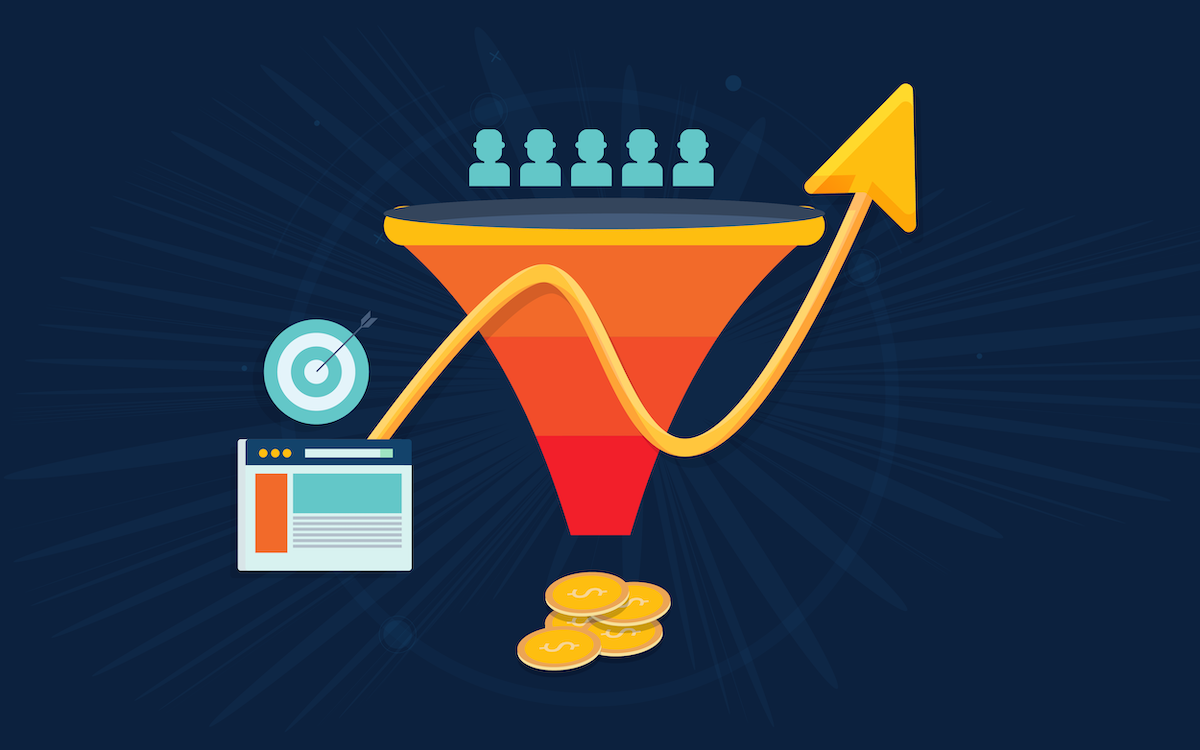A sales pipeline management process is a systematic approach to tracking and managing potential customers as they move through different stages of the buying journey, from initial contact to closed deal.
Most sales pipelines have 5-7 stages that reflect the buyer’s journey, such as lead generation, qualification, needs assessment, proposal, negotiation, and closing. Each stage represents a milestone where the prospect becomes more likely to purchase.
The primary goals of pipeline management are to increase conversion rates, shorten sales cycles, improve forecast accuracy, and ensure consistent follow-up with all prospects.
Effective sales pipeline management helps sales teams prioritize their efforts on the most promising opportunities while identifying areas for improvement in their sales process.
Sales pipeline management typically involves these activities:
Lead Qualification: Evaluating prospects to determine their fit, budget, authority to make decisions, need for your solution, and timeline for purchasing.
Activity Tracking: Recording all interactions with prospects, including calls, emails, meetings, and follow-ups.
Forecasting: Analyzing conversion rates between stages, average deal size, sales cycle length, and pipeline velocity to predict future revenue and identify bottlenecks.
Sales Pipeline Reviews: Meeting to review deals in the pipeline, discuss obstacles, strategize next steps, and ensure proper resource allocation.
CRM Integration: Using customer relationship management software to centralize prospect information, automate workflows, and generate reports that provide visibility into pipeline health.
Why Is Sales Pipeline Management Important?
A sales pipeline is a window into where your organization stands. You can use a pipeline to forecast future revenues, determine whether there are any bottlenecks in your processes, and spot potential issues before they become major problems.
Sales pipeline management is important for understanding key metrics, creating accurate sales forecasts, allocating resources, and tracking overall deal size, volume, and revenue.
The most successful sales leaders treat pipeline management as both an art and a science, using data to inform decisions while applying judgment and experience to coach their teams toward better execution.
Sales Pipeline Management Best Practices
Effective pipeline management centers on establishing clear processes, maintaining data integrity, and providing consistent sales coaching. Here are the key best practices:
Establish a Standard Sales Process
Create clear, specific criteria for what qualifies a prospect to move from one stage to the next. Each step of the sales process should have defined activities, deliverables, and buyer behaviors that must occur before advancement. This eliminates subjective interpretation and ensures consistency across the team.
Implement Regular Pipeline Reviews
Conduct weekly one-on-one pipeline reviews with each seller, focusing on deal progression, obstacles, and next steps. Monthly team reviews should examine overall pipeline health, identify trends, and share best practices. These shouldn’t just be status updates but strategic sales coaching sessions.
Focus on Pipeline Hygiene
Clean the pipeline regularly by removing stale opportunities, updating deal stages based on actual buyer engagement, and ensuring accurate close dates. Establish rules for when deals should be moved backward or removed entirely. Bad data leads to poor decisions.
Coach to Activities, Not Just Outcomes
While revenue matters, coach sellers on the specific activities that drive pipeline progression, such as discovery calls completed, proposals sent, and stakeholder meetings scheduled. Leading indicators predict lagging results.
Use Data to Drive Decisions
Track key metrics such as conversion rates between stages, average deal size by stage, sales cycle length, and pipeline velocity. Identify where deals typically stall, and develop specific strategies to address those bottlenecks.
Qualify Early and Often
Teach sellers to disqualify prospects quickly rather than carrying false hope in the pipeline. A smaller, higher-quality pipeline typically converts better than a bloated one filled with unlikely prospects.
Maintain Forward Momentum
Every deal should have a clear next step with a specific date and person responsible. If there’s no logical next step, the opportunity may not be real.
Align Sales and Marketing
Ensure lead handoff processes are smooth and that marketing understands what makes a sales-qualified lead. Poor lead quality wastes sales time and inflates pipeline artificially.
What’s the Difference Between Sales Forecasting and Sales Pipeline Management?
Sales forecasting and sales pipeline management are closely related but fulfill different objectives.
The purpose of sales forecasting is to help predict and plan. It involves analyzing historical data, current pipeline health, and market trends to predict future revenue over specific time periods (monthly, quarterly, annually).
The focus is on answering questions like, “How much revenue will we generate next quarter?” and, “Will we hit our targets?” Forecasting relies heavily on statistical analysis, conversion rate trends, and probabilistic models to project outcomes.
Sales pipeline management improves execution and process. It focuses on actively managing individual deals and prospects as they move through the sales stages. The emphasis is on ensuring proper follow-up, identifying bottlenecks, coaching sales professionals on specific opportunities, and maintaining pipeline health in real time.
How to Effectively Manage a Sales Pipeline
Effective sales pipeline management gives sales leaders the insight they need to provide accurate sales forecasts, manage sales team activities, improve planning, and increase revenue.
Learn proven pipeline techniques to optimize your sales process, keep deals moving through the sales funnel, and improve sales results with sales pipeline management training from The Brooks Group.




